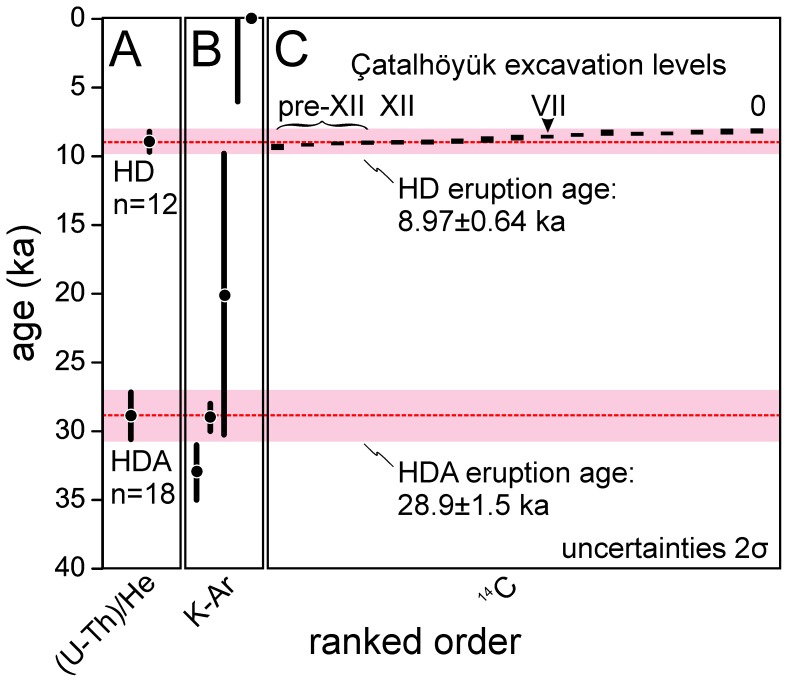Figure 5. Comparison between Hasan Dağı (U-Th)/He zircon ages and published geologic and archaeological chronology.
Ages for explosively erupted deposits based on (U-Th)/He zircon geochronology (A; this study). Published Hasan Dağı K-Ar ages of lava (B). 14C ages of cultural strata at Çatalhöyük including level VII containing the “map” mural (C). The HDA (U-Th)/He zircon age closely overlaps with a K-Ar age for a Hasan Dağı summit crater lava [23], and thus may represent the same eruptive episode. The HD (U-Th)/He zircon age of 8.97±0.64 ka (red bar projected over all panels) is the youngest (barring two K-Ar ages <0 ka and <6 ka age reported in [23] and [16], respectively), and best constrained Holocene eruption age for Hasan Dağı. It closely overlaps with Çatalhöyük 14C ages (level VII ∼8.4–8.6 ka; [9]). Pre-50 ka activity for Hasan Dağı is documented by K-Ar ages as old as 270±20 ka [20] which agree with the abundance of (near-)secular equilibrium U-Th zircon ages (Fig. 3).

